Create a textured “cobbled” surface by applying Cobblestone over another glaze.
Chips are shown over underglaze.
Cone 06 chips have been fired flat in oxidation on white earthenware body.
Cone 6 chips have been fired flat in oxidation on white stoneware body.
Cobblestones create a textured “cobbled” surface when fired. Apply over another glaze and during the firing process, a shattered pattern of raised, irregular chips will emerge. The underlying glaze will appear in the cracks.
To create colored cobblestone, brush Stroke & Coat® glaze of choice over the white cobblestone and fire.
Shake for 5-6 seconds before use. Dispense glaze onto a palette (tile, plate, etc.) and apply 2 coats with a broad, soft brush, such as a CB-604 #4 Soft Fan Brush. Apply the second coat while the first coat is still damp: do not allow Cobblestone to dry between coats. Pattern break-up is determined by the application direction of the brush stroke. Large break up heavier application, small breakup lighter application. If application is too light the cobblestone will not break up. Reapplying and touching up will not achieve a break up. Fire to shelf cone 06 or higher.
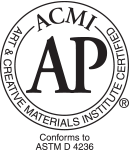

Cobblestone glazes are have been certified as Non-Toxic, safe for use by artists of all ages when used according to manufacturer’s directions. However, they are not recommended for dinnerware due to the durability of the fired glaze. Some glazes, regardless of surface texture or porosity of underlying clay body, will be designated as not suitable for dinnerware as the fired glaze surface is not durable and can be impacted by contact with food or liquids. While it may not be harmful, it is certainly not desirable. Further, these glazes exhibit surface textures such as cracks and crevices. While the glazed surface may pass lead & cadmium leach tests, and therefore legally considered Food Safe, attempts to adequately clean the textured surface may cause the underlying porous ware to absorb water and fail. Recommended for ornamental use only.

To create a colorful textural effect, brush one coat of Stroke & Coat® glaze of choice over SG-202 White Cobblestone and fire.
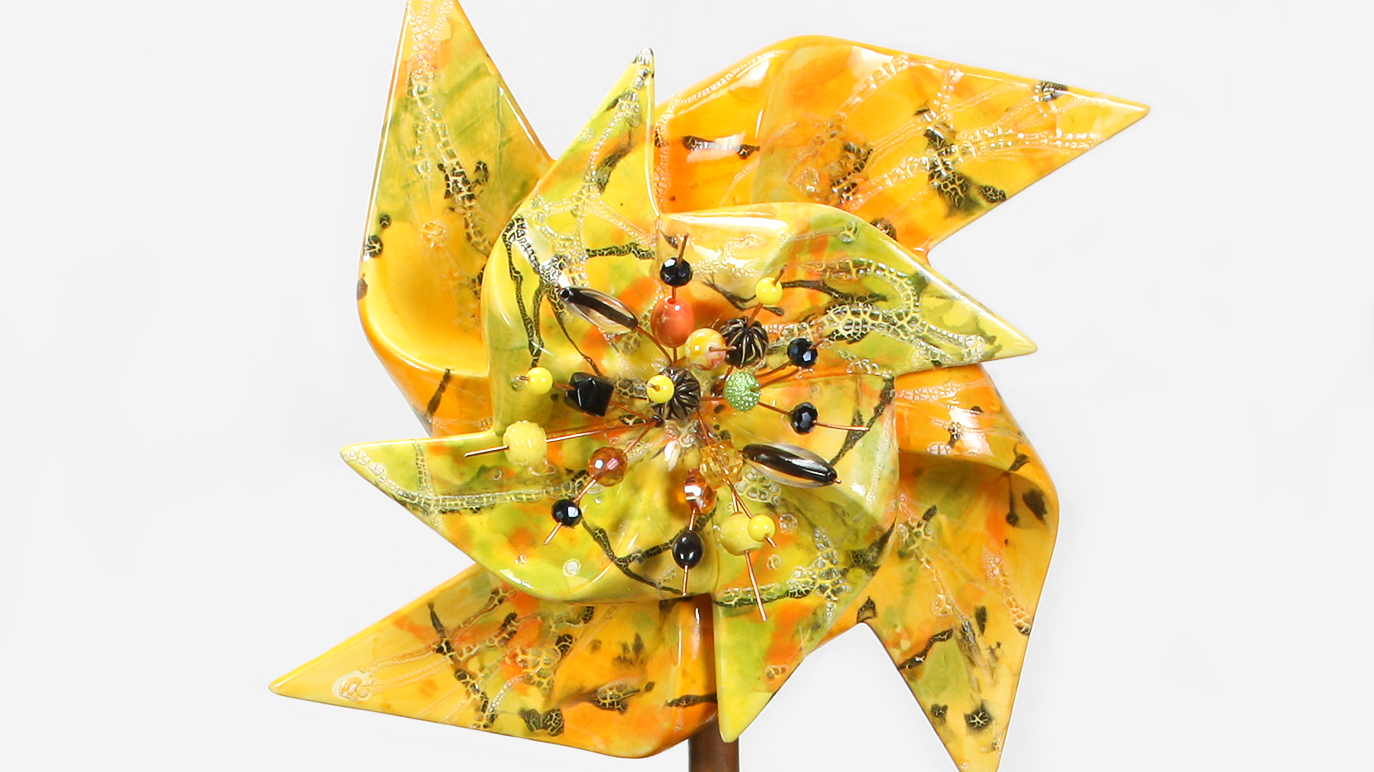
Cobblestone can be applied with a squirt bottle for a splatter effect.
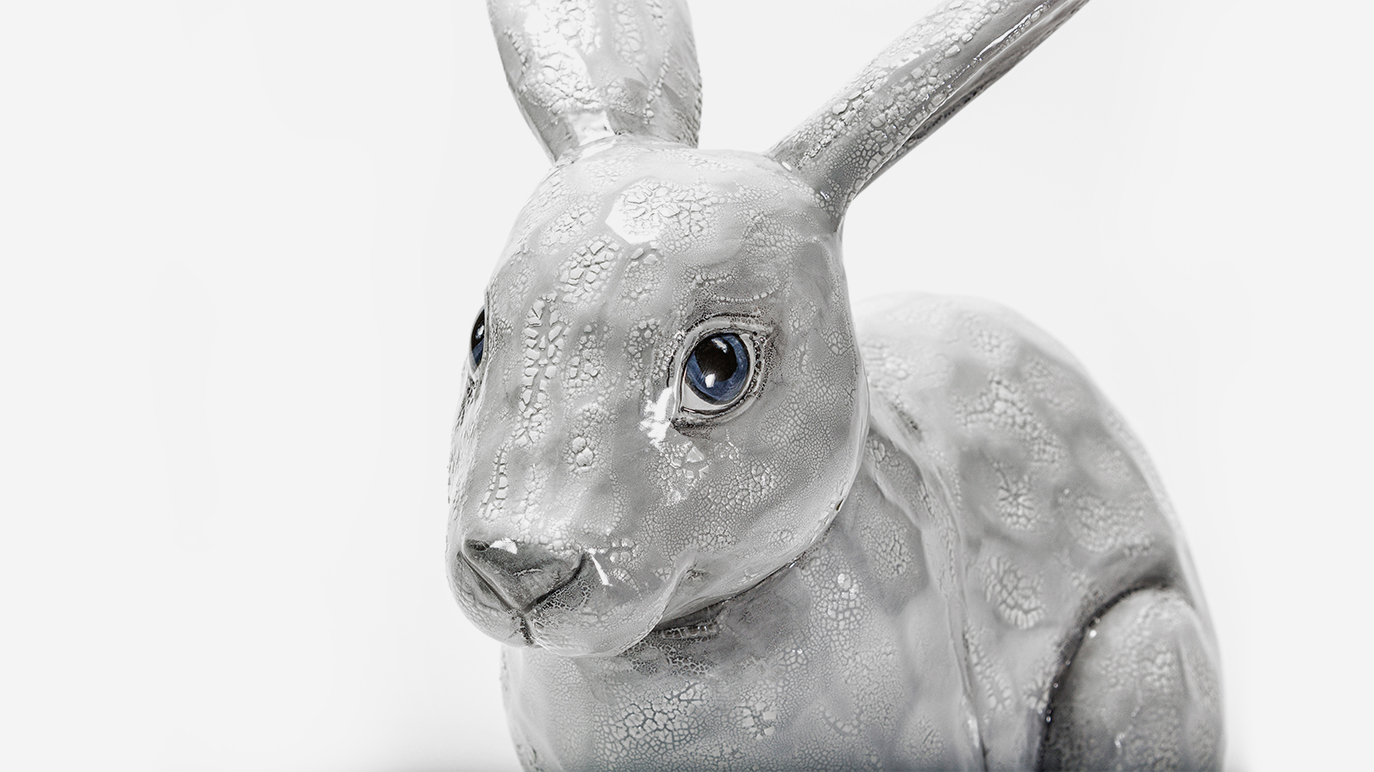
Great for replicating skin patterns and textures of reptiles, spotted animals, and mushrooms.
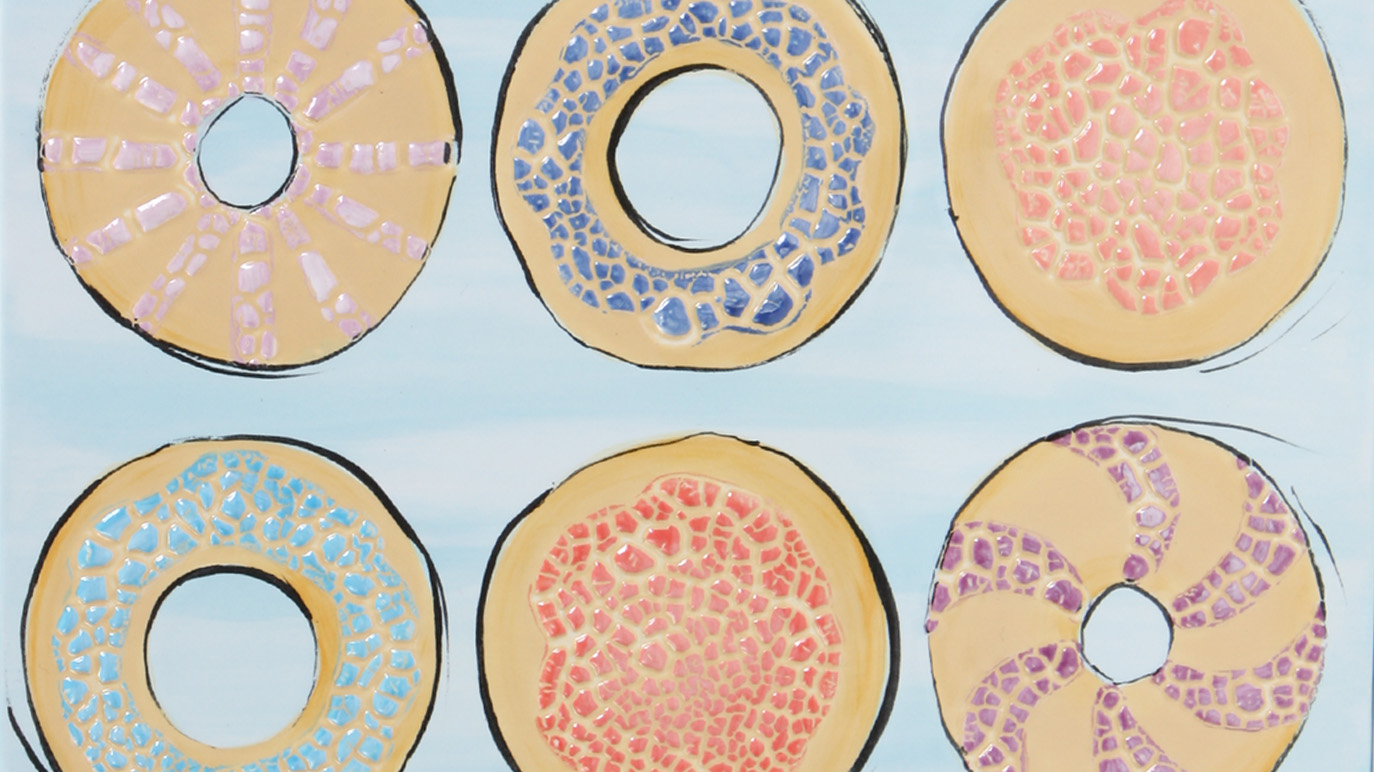
Cobblestone can be used to create textural designs or used for the background.
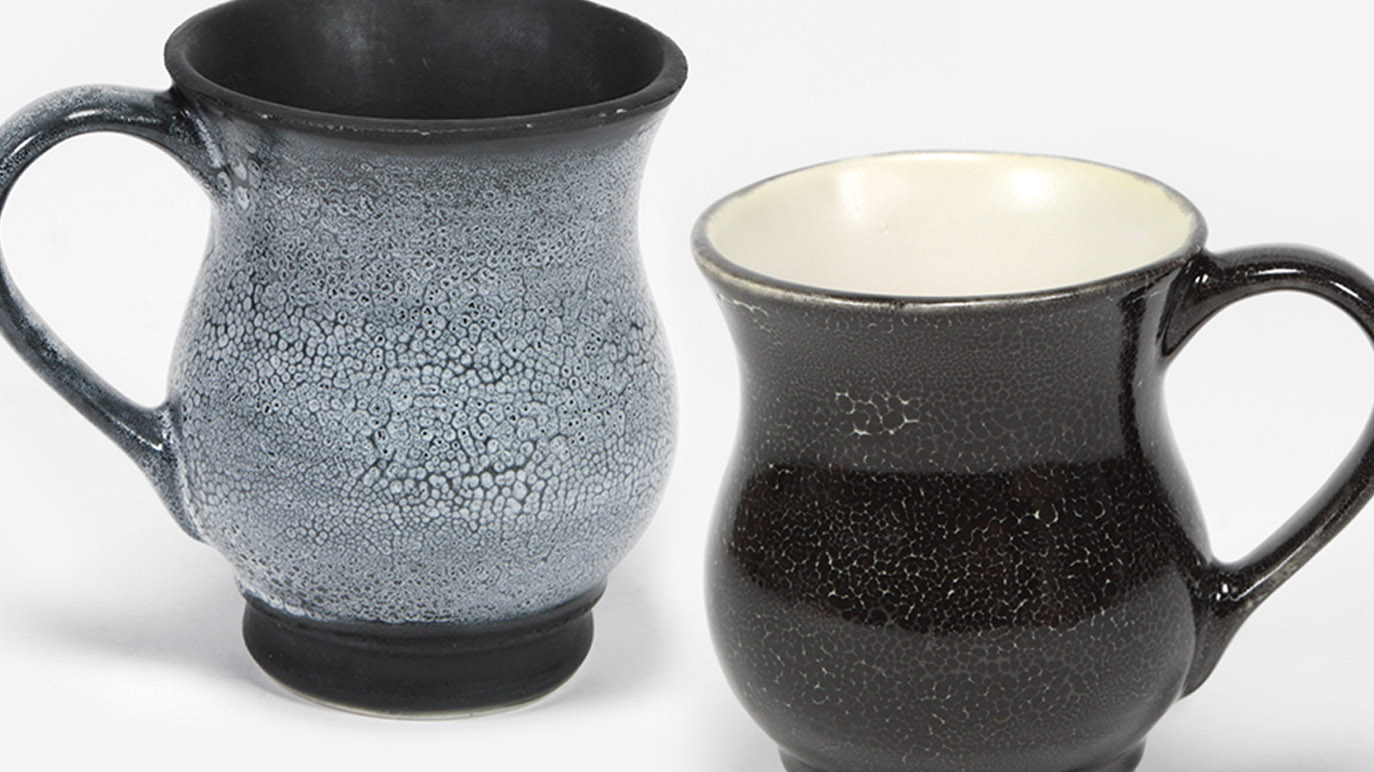
Cobblestones have been formulated to mature at cone 06/05. However can be fired to higher temperatures to add a unique look. Their performance at cone 6 is noted on each individual product label. We recommend testing on your clay body and in your kiln prior to use.
Application thickness, drying time before firing, firing atmosphere and temperature can all affect the fired results you obtain. If cobblestone is applied too heavy you will get a “flip up” down to the bisque. To fix, re-apply the base glaze and cobblestone. Pattern will vary from original break up. If cobblestone is applied too heavy you will get a “flip up” down to the bisque. To fix, reapply the base gaze and cobblestone. Pattern will vary from original break up.
Handle the ware carefully as the dried Cobblestone has a tendency to flake off. Pieces of cobblestone that fall off may be reapplied to the ware using AC-302 Wax Resist If cobblestone flakes off and you reapply cobblestone in that area this area will have a different break up pattern A protective coating of AC-302 Wax Resist can be applied over the cobblestone while the cobblestone is still damp to help alleviate the flaking of the product.
SG-202 White Cobblestone can be made into various colors by applying one coat of Stroke and Coat on top of the damp cobblestone. Darker pigment colors work best. Heavy application of Stroke & Coat® can interfere with the break up). Always do a test firing.
SG-201 Black Cobblestone will not break up over Matte glazes. If Black Cobblestone is desired on Mattes use SG202 White Cobblestone and apply 1 coat of SC-15 to achieve this effect. Do not apply directly on bisque; a glaze is needed underneath Cobblestones.
Cobblestone is application sensitive, it is a two coat application with a fully loaded brush and the glaze is laid down evenly and not over worked. If the two coats of Cobblestone is too light, it will not break up. It can not be repaired with another application of the Cobblestone.
Do not apply Cobblestone directly on bisque. Cobblestones glaze must be applied over a glaze to adhere to the ware.